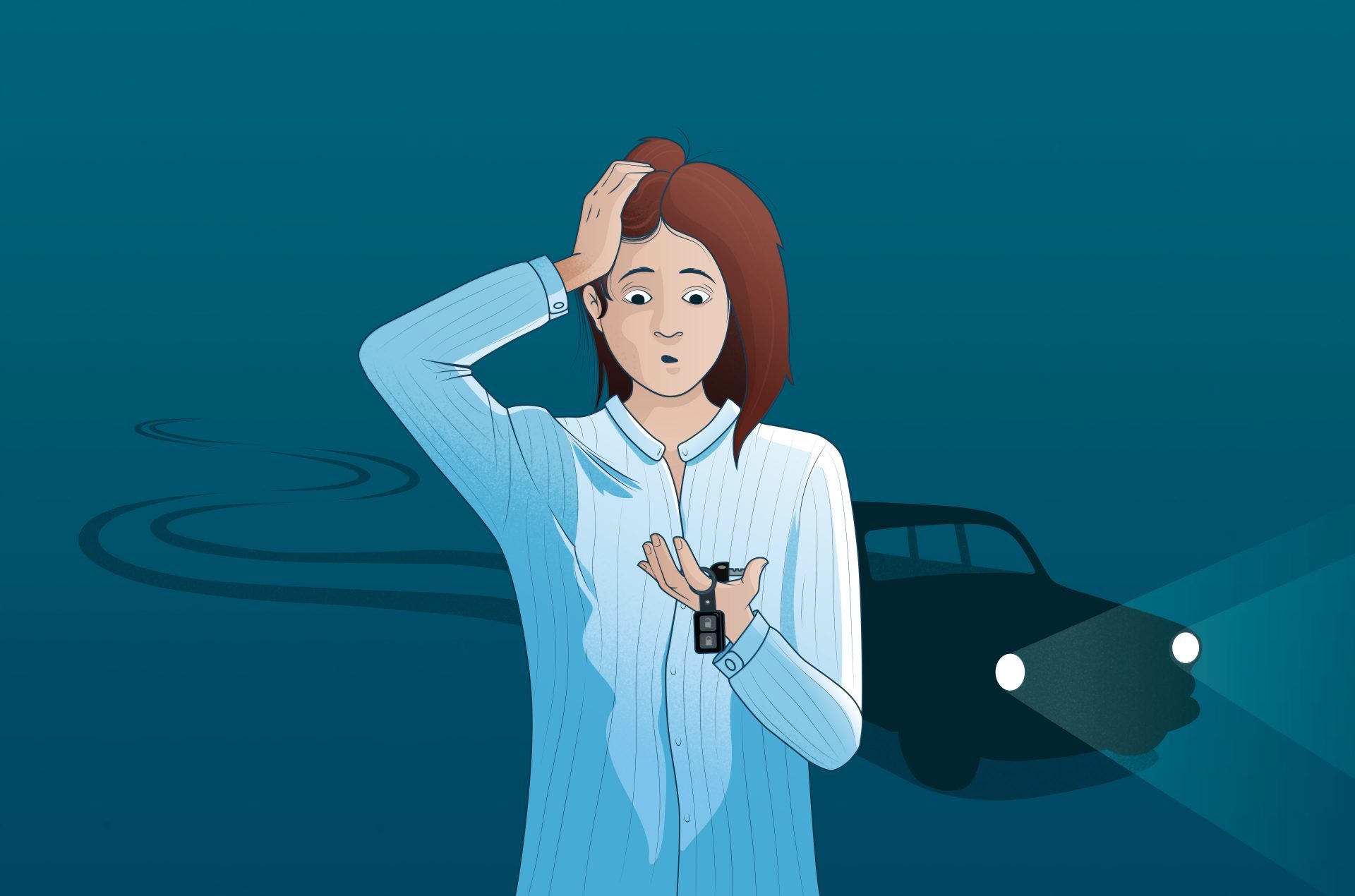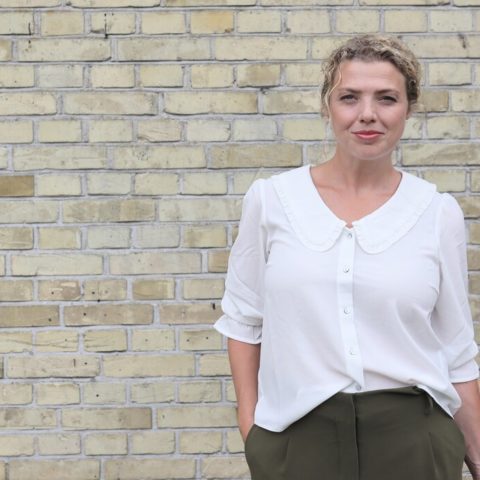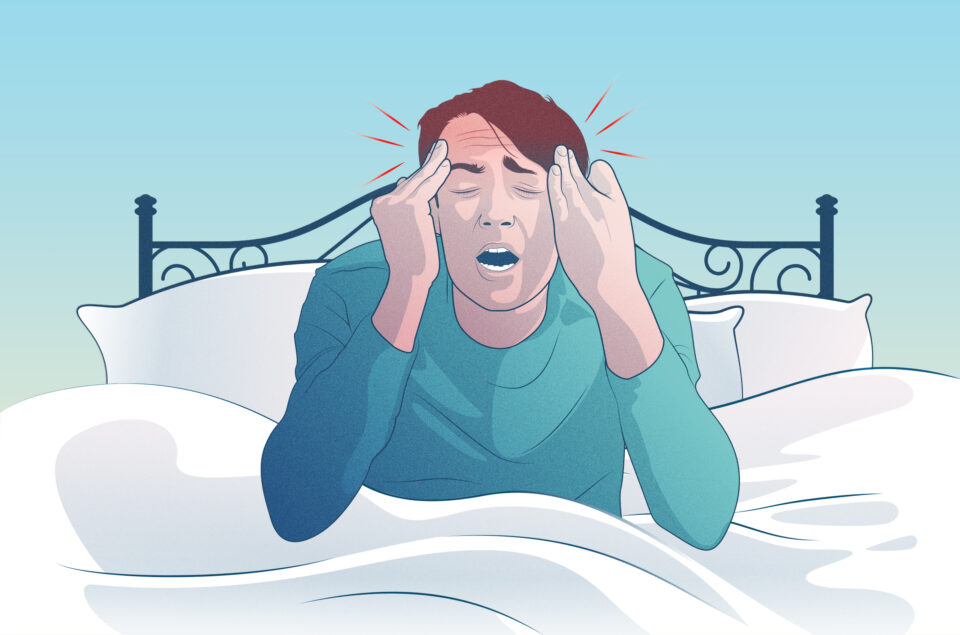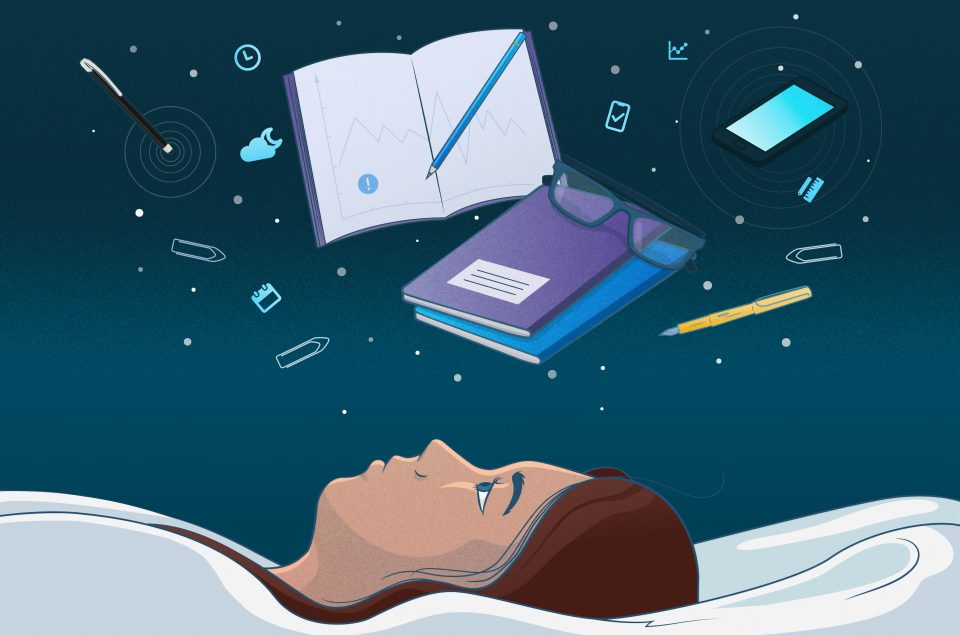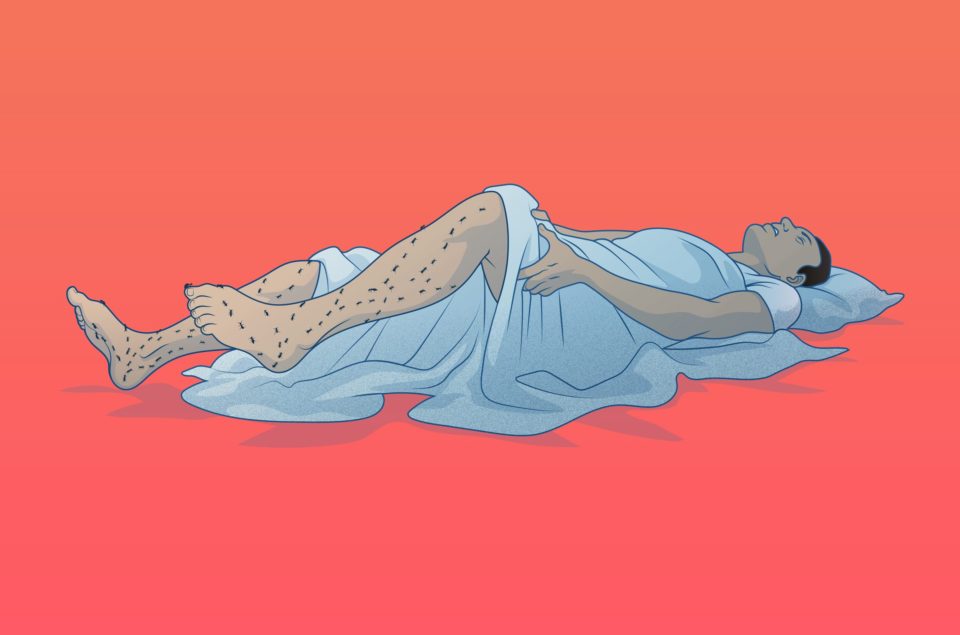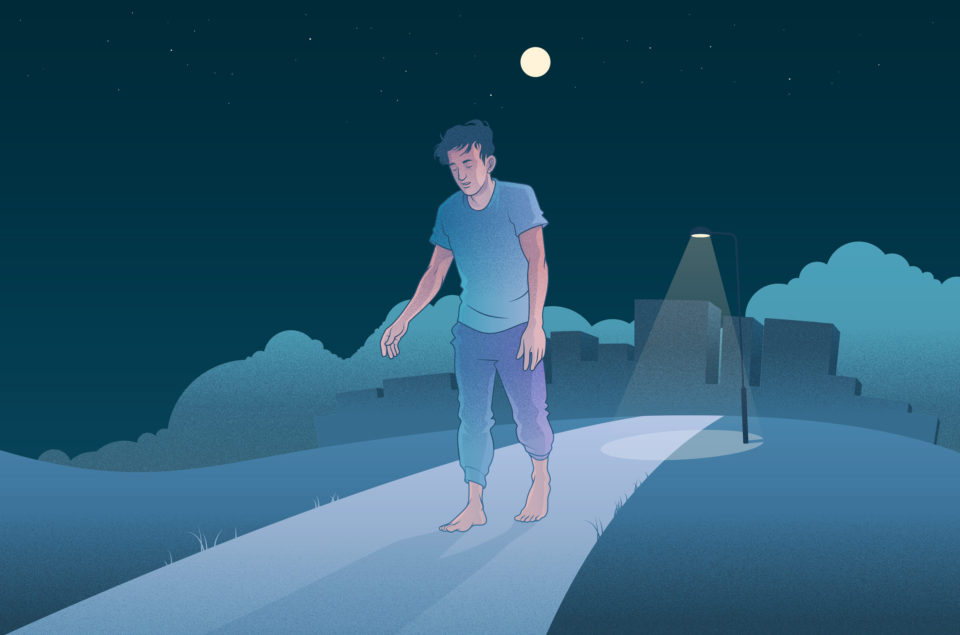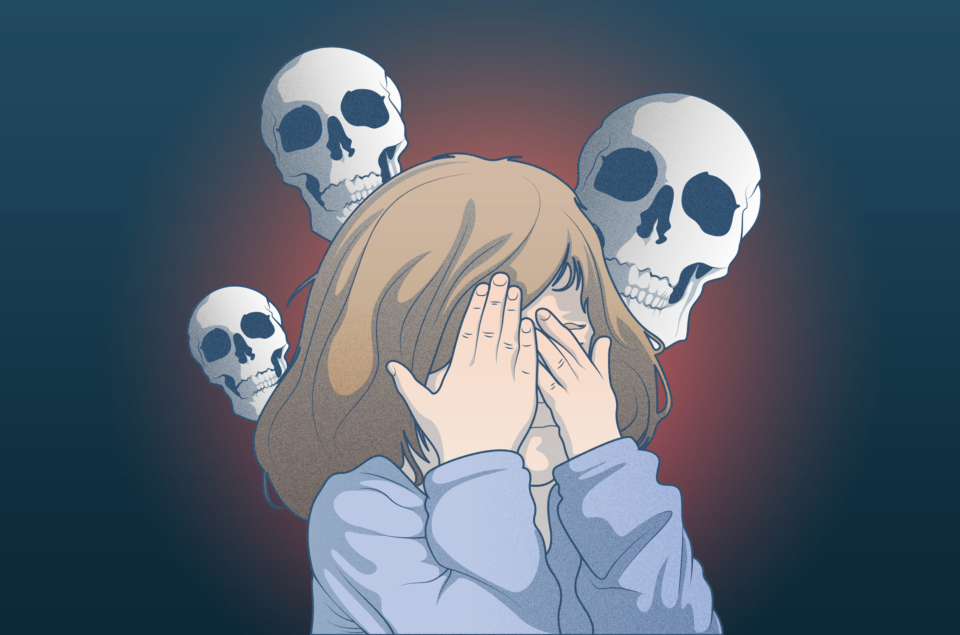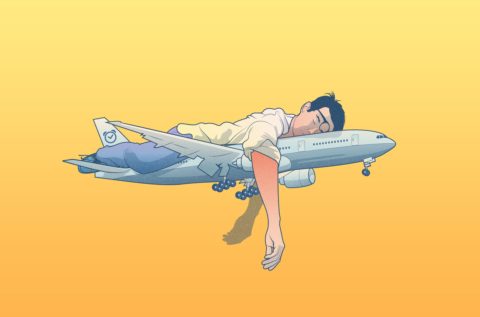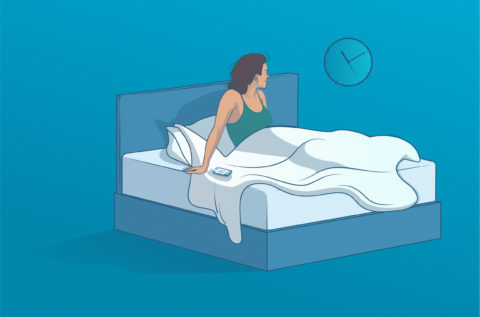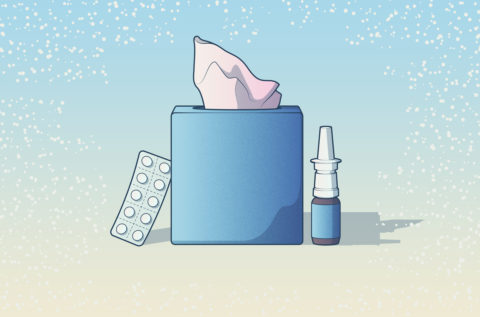Microsleep, or nodding off momentarily, while driving is a leading cause of car crashes every year. More so than driving under the influence of alcohol or drugs. But what exactly causes microsleeps and can it happen to everyone? We take a closer look at what microsleep is, and more importantly, how you prevent this potentially fatal occurrence from happening to you.
Jump directly to: How to prevent microsleep while driving and stay awake
What is microsleep?
Microsleep refers to brief moments of involuntary sleep or drowsiness. During microsleep, brain waves slow down noticeably and the brain stops processing information as usual. Microsleep almost resembles moments of unconsciousness. The majority of the brain stays active compared to the deactivation occurring during regular sleep. However, it is far from fully awake during microsleep as parts go into local sleep from being inactive.
How long do microsleeps last?
Microsleeps last for 15 seconds or less. People who experience microsleeps often remain unaware of them, instead believing themselves to have been temporarily mind wandering. This is because the brain switches rapidly between being awake and being asleep.
What does microsleep feel like?
You may recognize microsleep in others (or yourself) from droopy eyelids to a sudden head nod. But it’s also possible to appear awake with eyes still open. No matter the symptoms, microsleep often leaves the feeling of ‘zoning out’ for a moment.
If you can recognize any of these common symptoms, you may have experienced microsleep:
- You are suddenly startled by your head nodding or by body jerks
- You struggle to keep your eyes open, yawn and blink excessively
- You find yourself unable to process information or fully understand what’s being said
- You are unaware of something that just happened or feel you ‘missed’ a moment
- You are more prone to make mistakes at work or have a hard time concentrating and remembering things (often found in people working night shifts)
Keep in mind that above symptoms are only an issue in situations where you don’t intend to fall asleep.
Microsleep while driving: #1 risk
The inability to stay awake doesn’t always pose a danger. We all know the feeling of dozing off on the couch to a war documentary on TV or reading the same sentence three times in your children’s story book. Although the latter might get you in trouble with your little ones, you’re not putting anyone in danger.
The real danger is the risk of accidents potentially caused by this brief ‘shut down’. Being inattentive for even the slightest moment can have great consequences when doing sensitive work or operating heavy machinery. Surgeons, train and truck drivers, machine operators, air pilots, shift workers and taxi drivers are examples of risky professions for someone experiencing microsleep.
Microsleep while driving is in fact a real threat to road safety. According to a 2019 survey done by the American Academy of Sleep Medicine (AASM), almost half of the 2000 respondents report that they have struggled to stay awake while behind the wheel. Drowsy driving is responsible for 6,400 fatal road accidents each year in the United States, according to the AAA Foundation for Traffic Safety. And this is not surprising when you think about how a vehicle can travel the length of a football field in just 4-5 seconds at highway speed with an inattentive driver!
Drowsy driving puts everyone in danger because it is similar to driving under the influence of alcohol, according to the National Safety Council (NFC). Reaction times and awareness of hazards worsen, making you three times more likely to get involved in a car accident when sleepy. The NFC points out how driving after missing sleep for more than 20 hours equals driving with a blood-alcohol concentration of 0.08% which is the U.S. legal limit!
What causes microsleep?
Sleep deprivation is the main cause of microsleep. Sleep pressure builds up during the day and helps you fall asleep at night. But when not fully depleted from a good night’s sleep, the sleep pressure level remains elevated at times when you should be feeling awake. This means that microsleep can occur to anyone feeling sleepy.
People with sleep disorders such as insomnia, narcolepsy and sleep apnea are at increased risk of experiencing microsleep. In fact, people with shift work related sleep disorders (or deprivation) are three times as likely to be involved in car crashes likely caused by sleepiness.
Some medicines are also known to cause sudden sleepiness, such as antihistamines or dopamine-stimulants (for Parkinson’s Disease). Repetitive or mundane activities may also cause microsleep in people who are otherwise fully rested. It’s important to look for potential underlying sleep or medical disorders if this occurs despite sleeping well.
Microsleep and Narcolepsy: what’s the difference?
Since microsleep is caused by excessive daytime sleepiness, it is preventable when sleepiness is a result of poor sleep behaviors (lack of sleep). However, when tied to an underlying sleep disorder, catching up on sleep to avoid microsleeps might not be as simple.
Narcolepsy is one of the many sleep disorders that can be tied to microsleep. Narcolepsy is a chronic neurological disorder, a form of hypersomnia, that causes dysfunction and overlap in the normally distinct sleep-wake cycles. The result is an increased risk of frequent sleep attacks that are more severe and noticeable than microsleeps. In addition to sudden, uncontrollable lapses of sleep and daytime sleepiness, narcolepsy sufferers also experience fragmented sleep and insomnia at night, something not typical for microsleepers.
How to prevent microsleep while driving and stay awake
It is important to recognize the signs of microsleep while driving and to act fast in order to prevent potentially fatal accidents. Denial and the inability to recognize fatigue is a common culprit. Luckily, there are several ways to quickly reenergize while driving without having to stop for a full night’s sleep (although we always recommend that above anything else).
Be on the lookout for these warning signs next time you get behind the wheel:
- Frequent yawning or inability to keep your eyes open
- Catching yourself “nodding off”
- Inability to remember driving the last few miles
- Missing road signs or turn offs
- Having trouble keeping a distance to the car in front of you
- Drifting into the shoulder of the road or the other lane of traffic
If you catch yourself in any of these situations, act fast and change the monotone action that is making parts of your brain sleepy:
- Pull over at a rest stop and take a power nap
- Use caffeine for a quick boost
- Get out of the car and get your pulse up, for example by doing jumping jacks
- Have a conversation (using a headset as to not distract from driving even further)
- Overall, ensure that you get enough regular sleep before driving
- Share the driving with a fellow passenger if possible
- Use public transportation as an alternative if possible
Contrary to what most people believe, turning up the music and opening the window will not wake you up. Sleep is always the best remedy, even if just a short nap.
Remember the good sleep habits
Microsleep is linked to excessive daytime sleepiness, and everyone can experience it. The good news is that microsleeps are entirely preventable with good sleep habits and a keen awareness of symptoms of sleepiness. If you suspect an underlying sleep disorder is playing havoc on your sleep-wake system, now is the time to seek help from your physician.
Summary FAQs
How long do microsleep episodes last?
Microsleeps last for 15 seconds or less. In this short period of time, the brain switches rapidly between being awake and being asleep.
What are the main symptoms of microsleep episodes?
Frequent yawning, inability to keep your eyes on, head nodding or body jerks are some common symptoms. However, no matter these, microsleep often leaves the feeling of ‘zoning out’ for a moment.
How to prevent falling asleep while driving?
You can prevent falling asleep while driving by pulling over and taking a power nap, using caffeine, sharing the driving with a fellow passenger, or trying to get your pulse up. But overall, ensuring you get enough sleep is the main prevention of microsleep episodes.
